I have a PCM1804 -- and I want to use it convert the stereo audio signal from RCA/SCART to a TosLink Optical output - outputting a PCM signal.
I have been using its datasheet found here : PCM1804 datasheet
This is the proposed circuit as my starting point. I know there will be mistakes, and missing components in here - this is exactly what I hope to identify and understand. Any advice would be very much appreciated:

simulate this circuit – Schematic created using CircuitLab
I have never used a chip like the PCM1804 - so am fully aware I have got this wrong, and this is really where I am looking for some guidance.
Please offer constructive support in building the approproiate circuit around the PCM1804. Explaining why each mistake, or missing component is necessary will really help me to understand what is going on! Thank you!